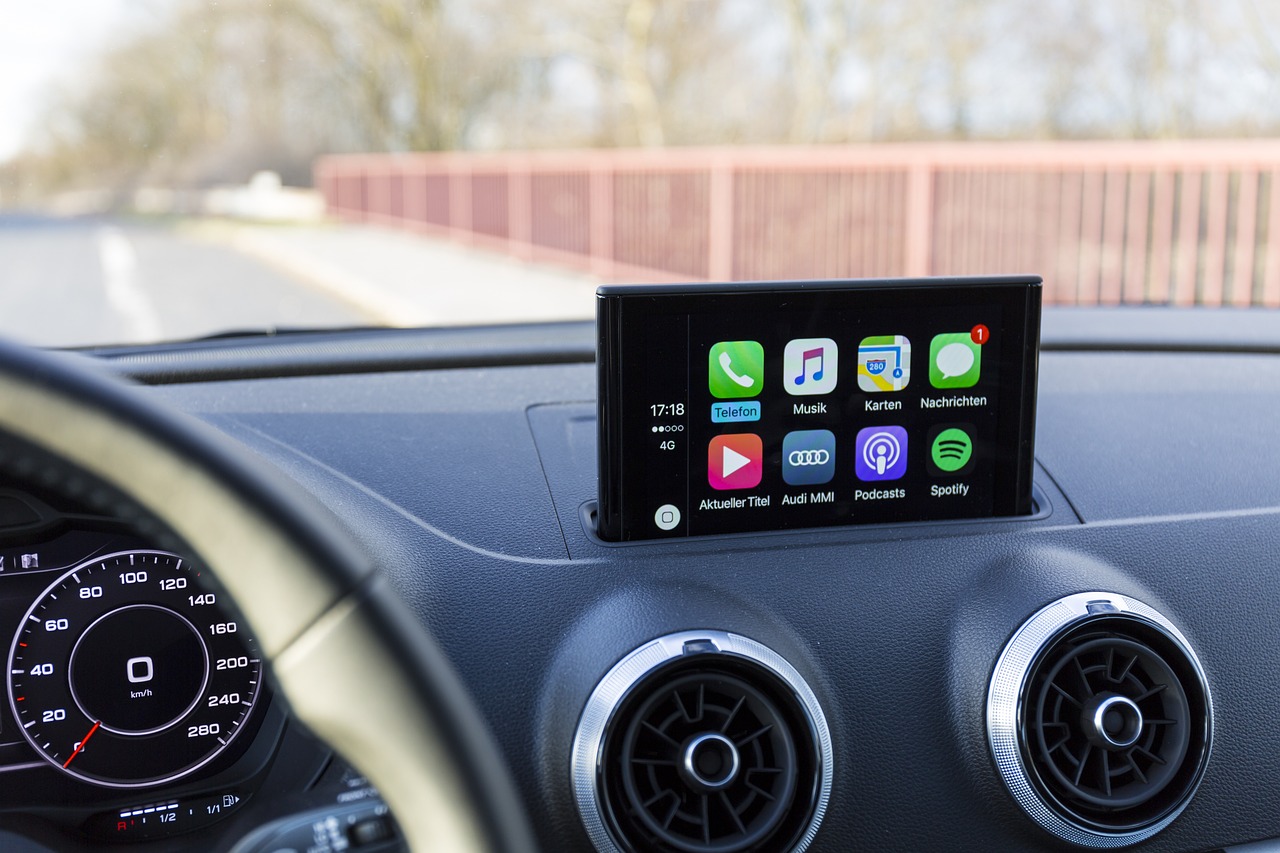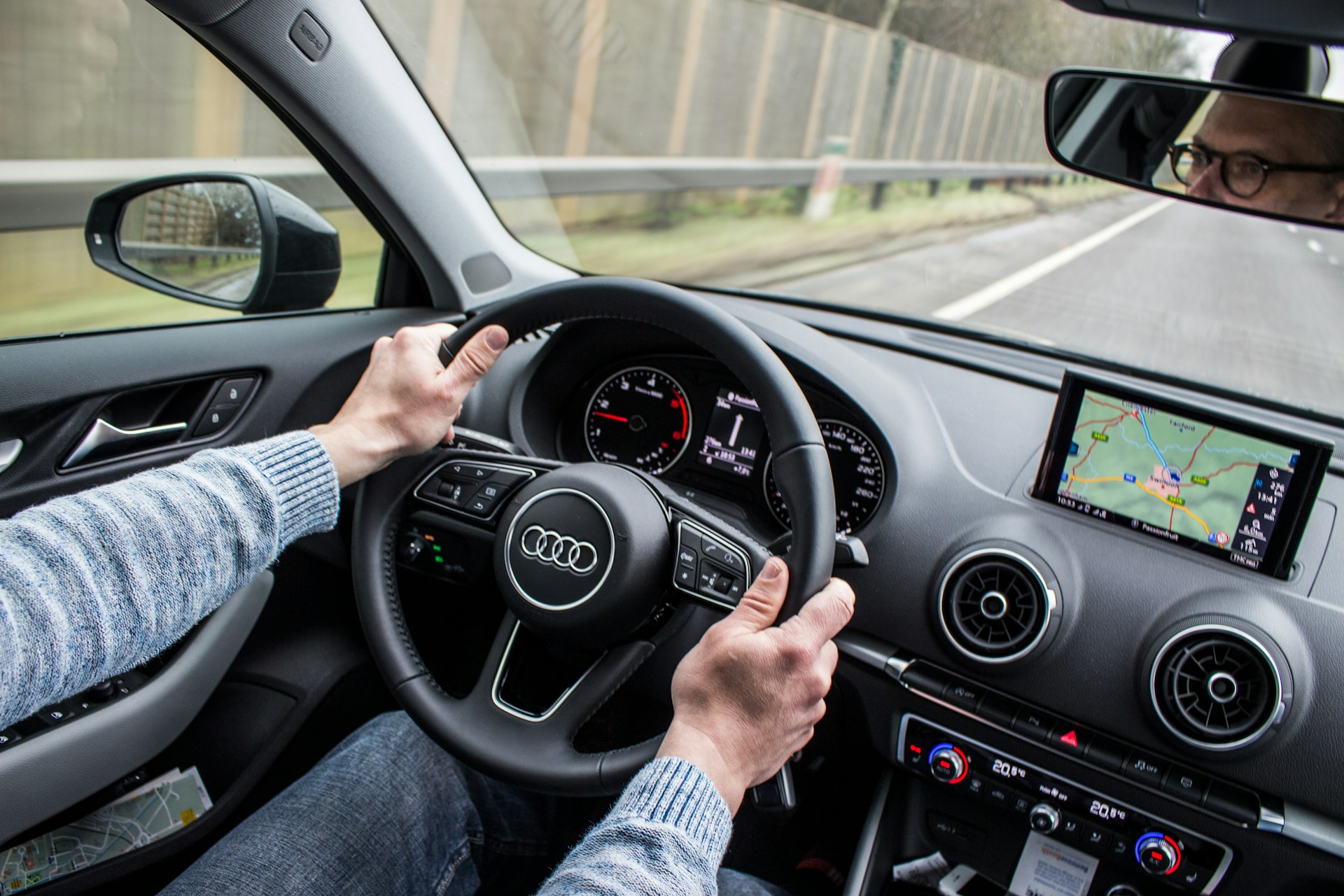General Motors’ Decision to Ditch Apple CarPlay and Android Auto in EVs: A Closer Look
General Motors (GM) recently made headlines with its announcement to abandon support for Apple CarPlay and Android Auto in future electric vehicles (EVs) in favor of its own Google-based infotainment platform. The news triggered a wave of negative reactions from both the media and consumers, who expressed strong opposition to this move.
Apple CarPlay and Android Auto gained popularity in the mid-2010s as a solution to the lackluster infotainment systems present in most cars at that time. These systems offered a more user-friendly and familiar interface, providing seamless access to various smartphone functionalities. While infotainment systems have improved since then, they often still suffer from lag and complexity, making Apple CarPlay and Android Auto an attractive alternative for many users.
However, critics argue that this reliance on Apple CarPlay and Android Auto has hindered the car industry from focusing on improving their own infotainment systems. The introduction of electric vehicles poses unique challenges, requiring tighter integration between hardware and software. Tesla’s Model S, introduced in 2012, revolutionized infotainment with a seamless interface, deep integration with the car’s systems, and efficient charging and route planning capabilities.
Tesla’s software-defined vehicles (SDVs) allow for continuous software updates, enabling real-time route planning that takes various factors into account, such as battery charge, range, weather, traffic, and charging station availability. SDVs deliver a superior user experience, which is difficult to achieve with Apple CarPlay and Android Auto due to limited access to vehicle data.
While some EV manufacturers, including Tesla and Rivian, do not support Apple CarPlay and Android Auto to maintain integration, GM’s decision has raised questions about its ability to deliver a competitive SDV platform. Despite possible monetization opportunities through data collection and subscription services, there is a risk of backlash if not executed responsibly.
GM’s choice to prioritize a cohesive user experience similar to Tesla and Rivian’s approach may be a step in the right direction, but skeptics remain wary. However, the advantage of SDVs is the flexibility to update and evolve the platform, providing GM with the option to reintegrate Apple CarPlay and Android Auto later if needed.
While many are critical of GM’s decision, it’s essential to consider the long-term implications and allow the company the chance to prove the viability of its Google-based infotainment platform. As the EV market evolves, competition among SDV platforms will undoubtedly drive further innovation and benefit consumers.









Got a Questions?
Find us on Socials or Contact us and we’ll get back to you as soon as possible.